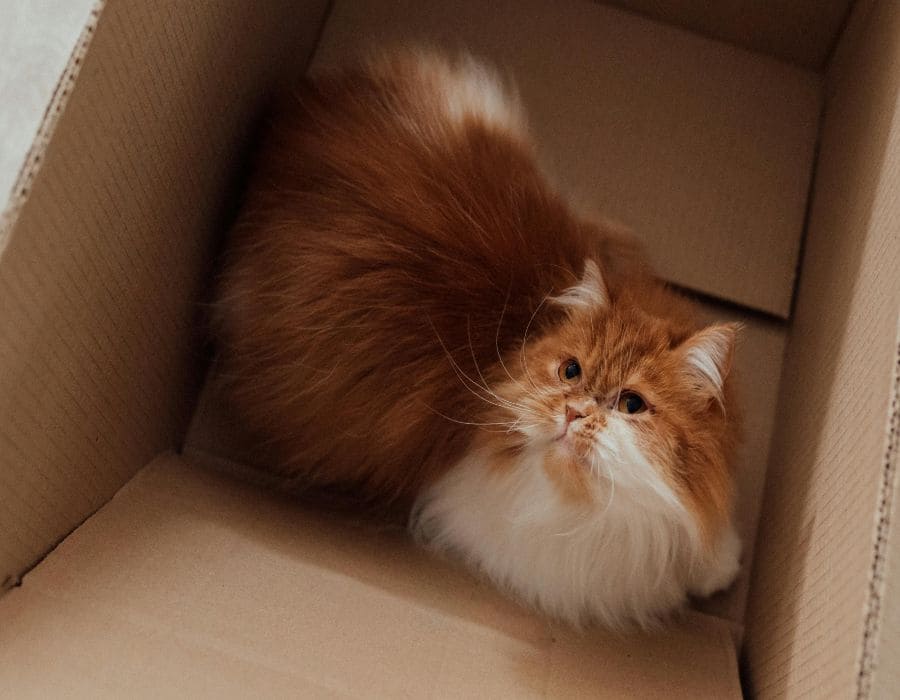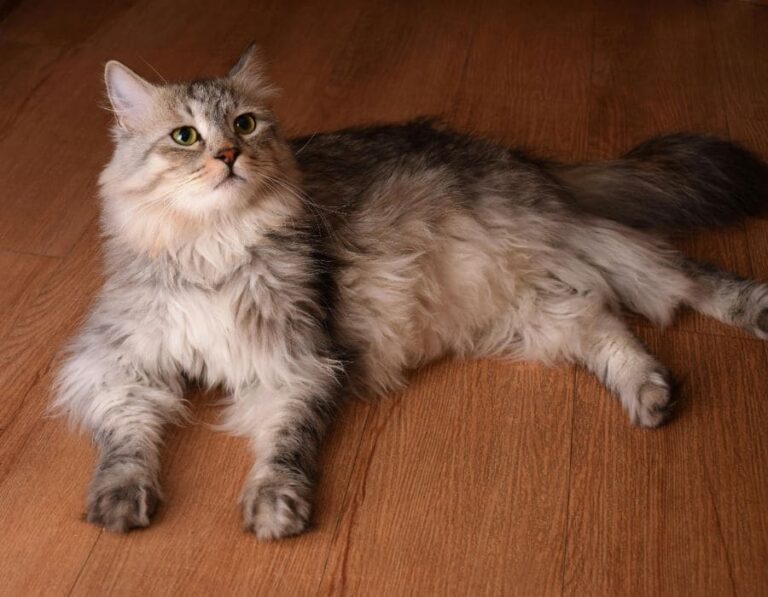13 Reasons Why Cats Love Boxes, Explained by Experts
Cats have expensive toys, plush beds, and gourmet treats—and yet, give them a cardboard box and it’s like they’ve won the lottery. What is it about a simple box that makes cats lose their fuzzy little minds?
Turns out, there’s real science (and a bit of cat logic) behind the obsession. From stress relief to ambush tactics, experts have decoded the feline box craze—and yes, it’s much deeper than “if I fits, I sits.”
They offer a safe retreat
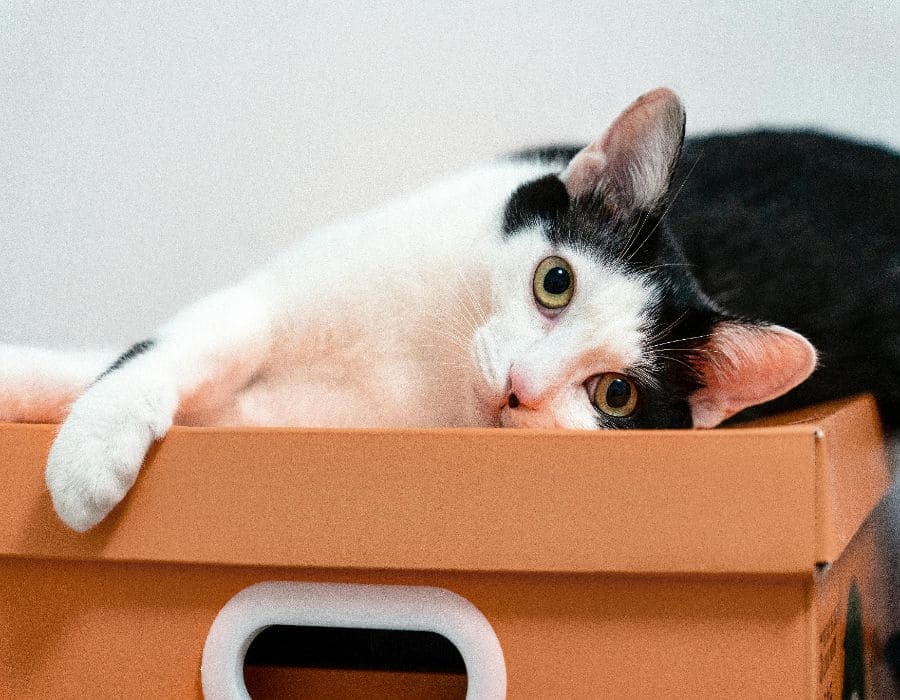
Boxes mimic the enclosed spaces cats seek in the wild for rest and safety. Experts say this gives cats a sense of control and comfort—like a personal panic room with better acoustics.
They reduce stress
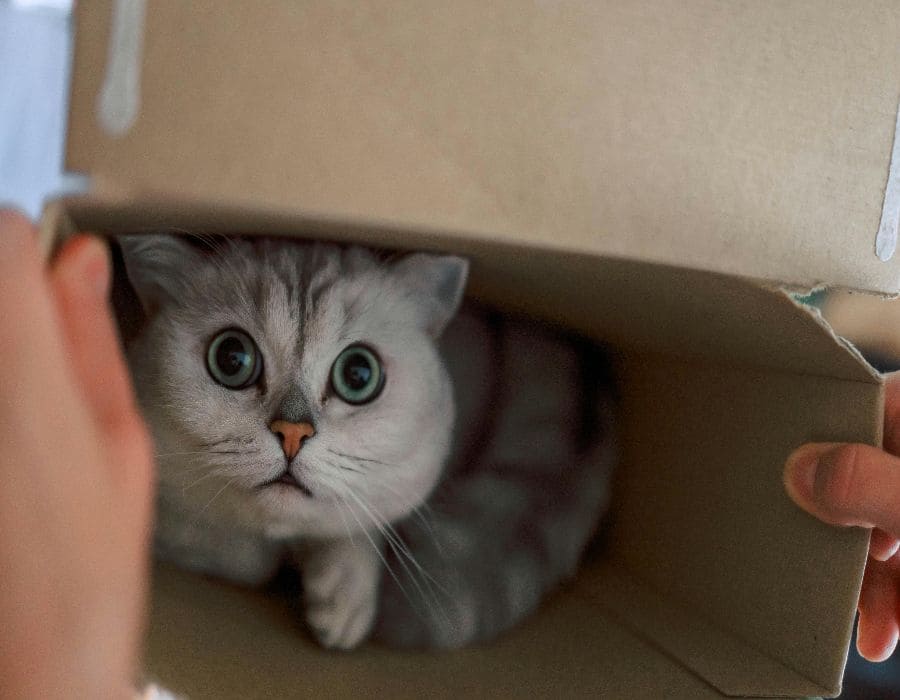
A study from the Netherlands found that shelter cats with access to boxes adapted faster and showed lower stress levels. Boxes serve as emotional support cocoons, no therapist required.
They help regulate body temperature
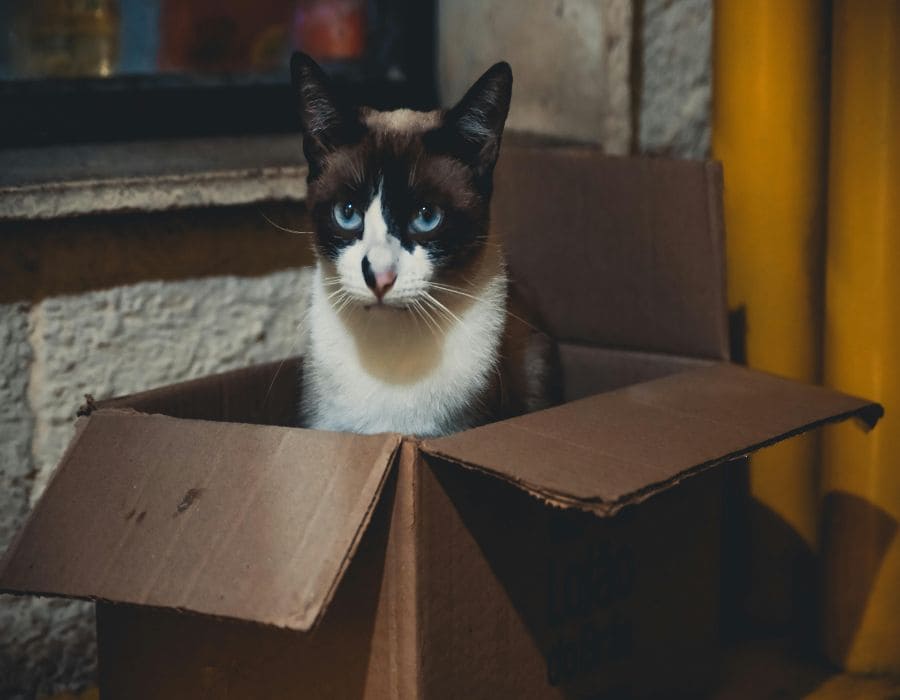
Cardboard is surprisingly good at insulation. Boxes trap heat, keeping your cat cozy and toasty. It’s not just cute—it’s a strategic snuggle spot for maintaining optimal nap temperatures.
They trigger hunting instincts
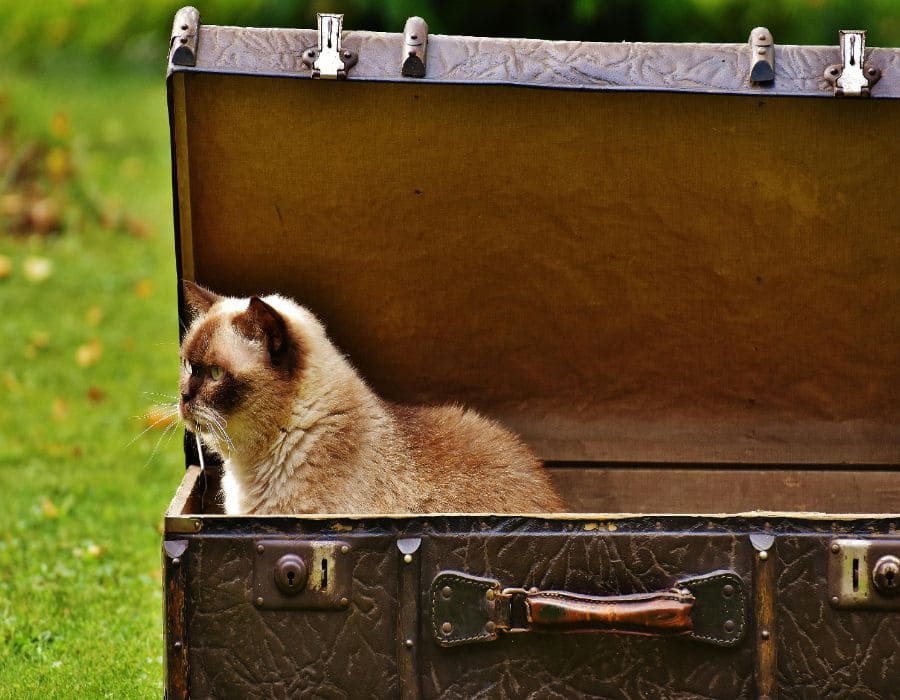
Boxes are perfect for staging sneak attacks. Hiding, pouncing, and watching from cover satisfies your cat’s inner predator. To them, it’s less Amazon Prime and more National Geographic.
They create visual barriers

Cats like to observe without being seen. A box offers the perfect stakeout spot to watch the world while feeling invisible. It’s feline people-watching, but with fewer judgmental stares.
They smell great (to them)
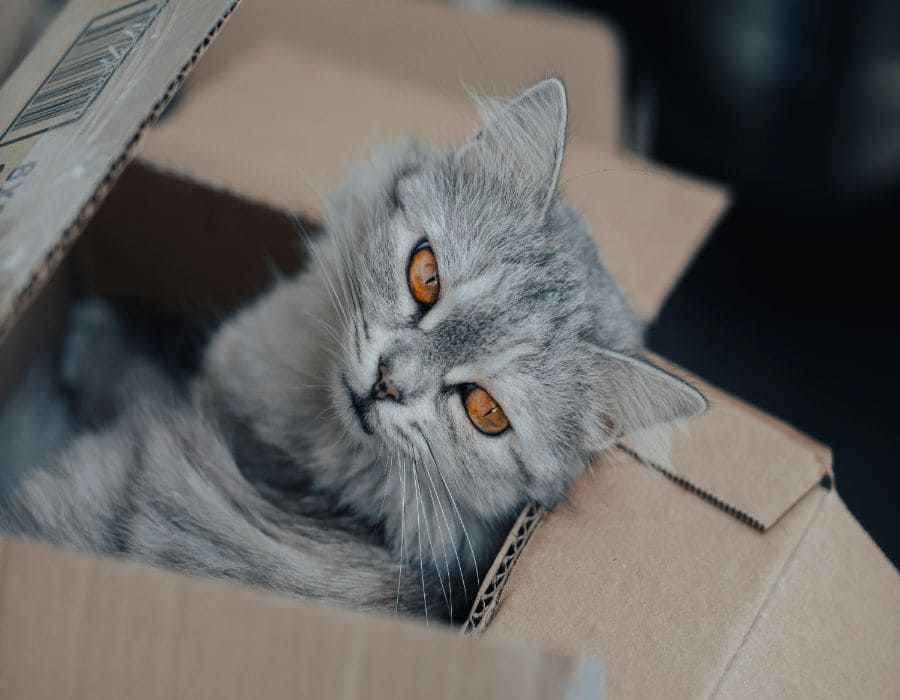
Cardboard has a neutral, earthy scent and absorbs other smells easily. Boxes quickly smell like home—or more importantly, like the cat itself. Scent familiarity equals security in the feline rulebook.
They fit like a glove
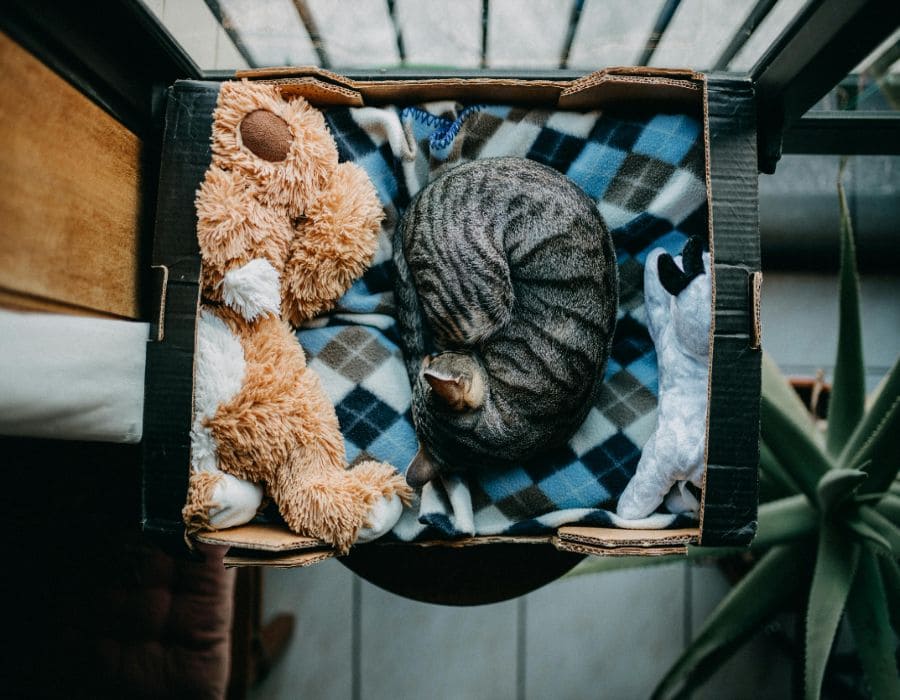
Cats instinctively seek spaces that contour to their bodies. A snug box provides a satisfying “boundary hug,” which helps them relax. It’s like a weighted blanket, but crunchier.
They offer entertainment

Boxes crinkle, collapse, and flip over—basically a jungle gym in disguise. For high-energy or bored cats, boxes become endless sources of DIY entertainment (and your TikTok content).
They dull outside noise

The walls of a box dampen household sounds, creating a quieter hideaway. For sensitive cats, it’s a low-budget soundproof booth perfect for tuning out screaming kettles and vacuum drama.
They signal territory
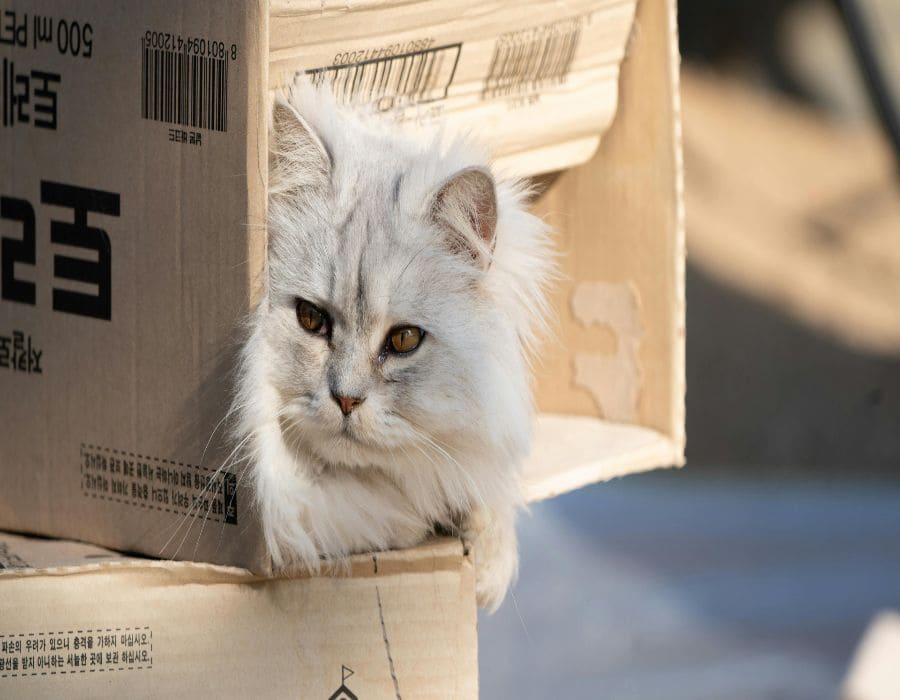
Once a cat claims a box, it becomes part of their domain. Scratching, rubbing, and loafing inside reinforce their ownership. Boxes aren’t just for fun—they’re for empire-building.
They help with social buffering
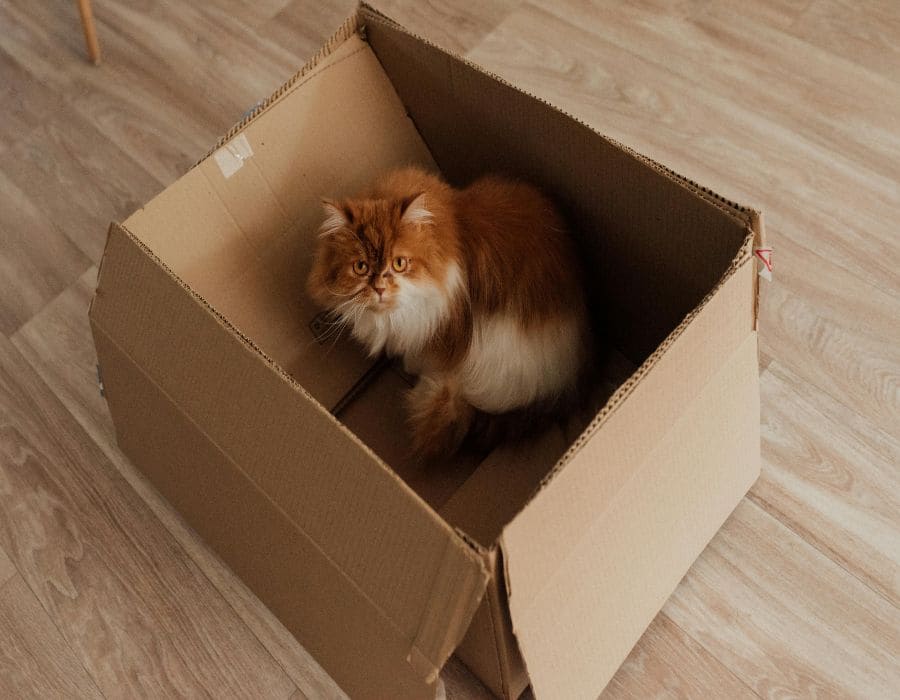
In multi-cat households, a box can act as a buffer zone. When tensions rise, cats retreat to their own boxes like furry diplomats taking a break from negotiations.
They satisfy curiosity
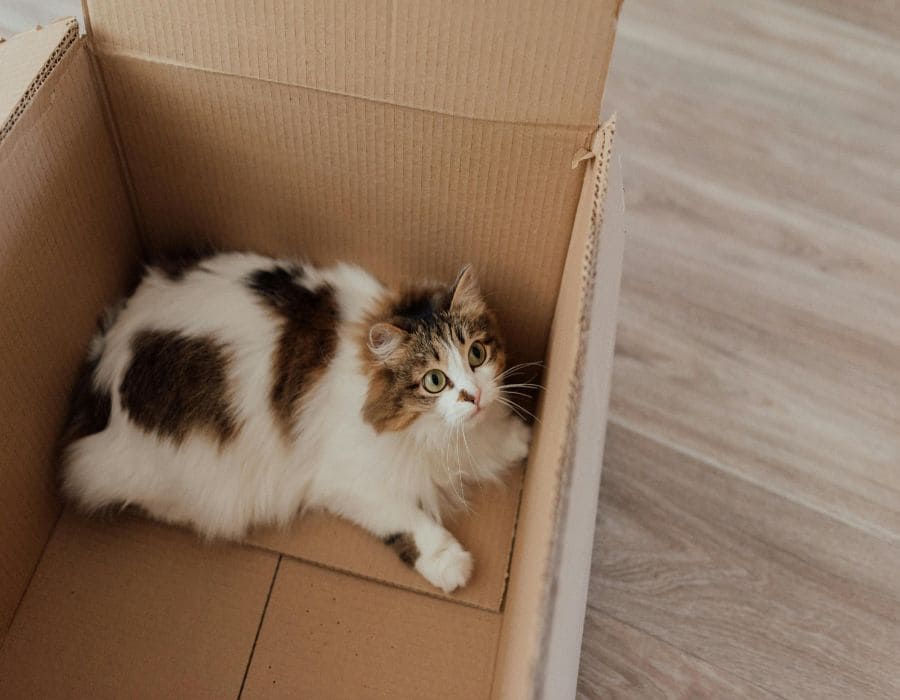
Boxes are new, mysterious, and full of potential. Cats can’t resist investigating anything that appears suddenly in their environment—especially if it’s just sitting there being boxy and intriguing.
They’re always available

Boxes are everywhere—from deliveries to leftovers—and cats love consistency. The fact that they pop up regularly just reinforces the obsession. It’s their one true constant in a world full of change.
Boxed brilliance
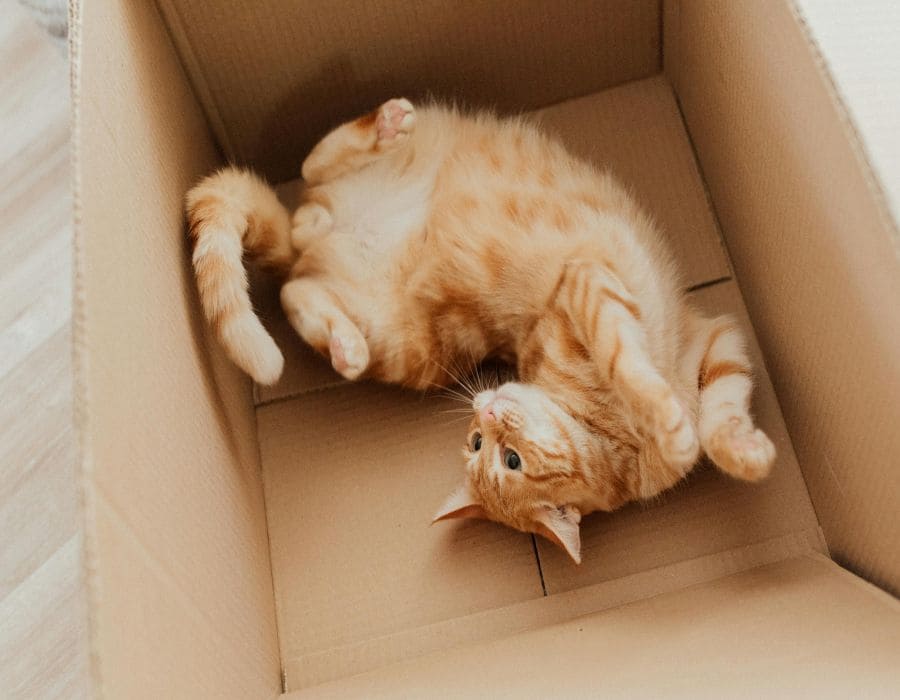
So no, your cat isn’t weird—they’re wired for boxes. Whether it’s for warmth, stealth, or just some peace and quiet, that cardboard square is more than trash—it’s feline treasure, approved by science and paws alike.

